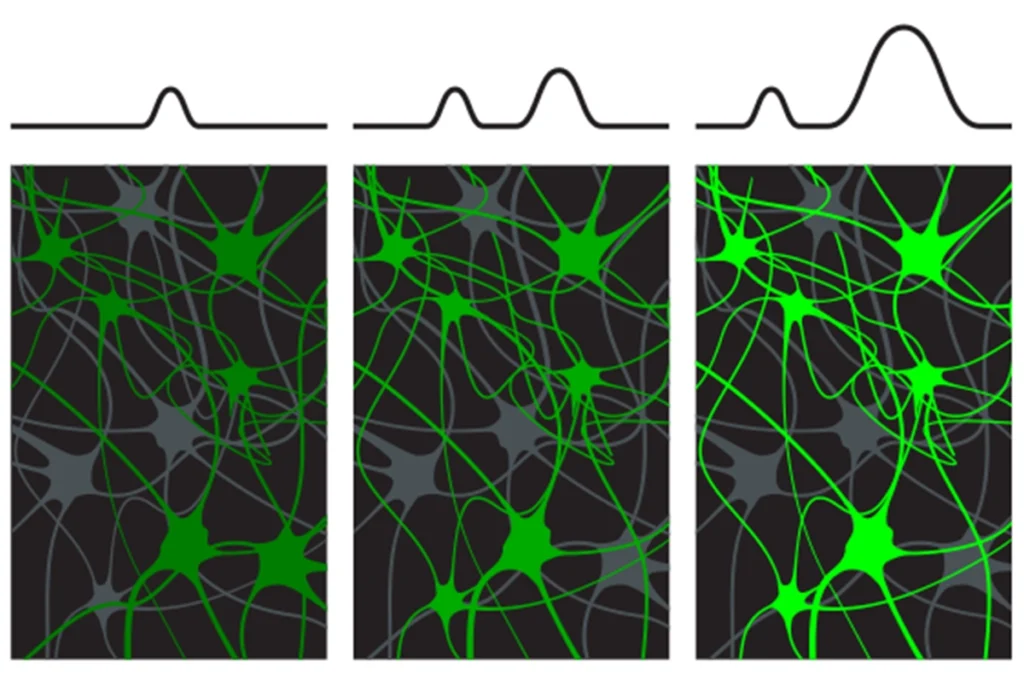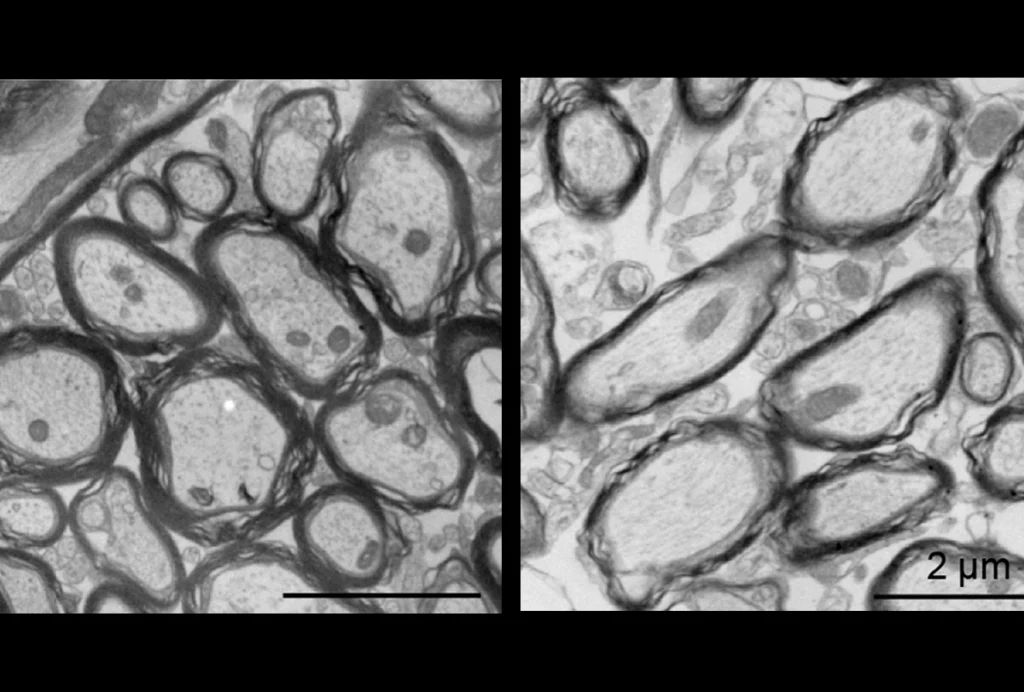
Diverse paths to autism may converge on shared cellular features
Neural stem cells derived from boys with autism of unknown cause may share genetic, chemical and physical features absent in cells from their typical brothers.
Stem cells derived from boys with autism of unknown cause may all share features that are absent in cells from their typical brothers. The unpublished results were presented yesterday at the 2016 Society for Neuroscience annual meeting in San Diego.
More than half of all autism risk is genetic, stemming from either harmful single-gene mutations or combinations of milder, common variants. But a significant portion of risk is idiopathic, meaning that it cannot be traced to a particular mutation.
The findings hint that children with idiopathic autism share cellular, genetic and chemical signatures of the condition, despite arriving at autism in disparate ways.
“We’re hoping to identify common abnormalities that contribute to how the brain is built, and how it functions, in people with idiopathic autism,” says lead researcher Emanuel DiCicco-Bloom, professor of neuroscience and cell biology at the Rutgers Robert Wood Johnson Medical School in New Jersey.
DiCicco-Bloom’s team obtained blood from eight families, each with one typical son and one son with severe idiopathic autism. They reprogrammed the blood cells to create neural stem cells.
The researchers then looked for chemical, physical and genetic features of the neural stem cells that might distinguish the boys with autism from their brothers.
Stunted growth:
Cells from the affected boys do not form extensions called neurites, which allow the cells to communicate with each other. They also show stunted growth and migration. Adding growth factors does not make them grow, either.
Further analysis revealed that the cells have decreased metabolism of cyclic AMP, which mediates the response to growth factors. Adding cyclic AMP to the culture reverses the defects. The affected cells also have unusual levels of 130 other metabolites, and produce low amounts of the signaling proteins PKA, AKT, mTOR, ERK and WNT, which regulate neuronal growth.
A gene expression analysis turned up 23 dysregulated genes in the autism cells. About one-third of the 23 genes are linked to autism, the researchers report.
DiCicco-Bloom’s team is encouraged by the results. “There is a great deal of variability in [stem-cell] studies, so we’ve all been kind of cautious,” DiCicco-Bloom says. But the new findings hint that autism from various causes leads to similar developmental issues.
In June, another research team found that neural stem cells from eight boys with autism, each with a unique set of mutations, show common defects in the WNT pathway. But in that experiment, the defects triggered rapid cell growth, not stunted growth.
DiCicco-Bloom’s team is investigating whether their preliminary findings extend to cells derived from the other six families in their cohort.
For more reports from the 2016 Society for Neuroscience annual meeting, please click here.
Explore more from The Transmitter

Cocaine, morphine commandeer neurons normally activated by food, water in mice

X chromosome inactivation; motor difficulties in 16p11.2 duplication and deletion; oligodendroglia
